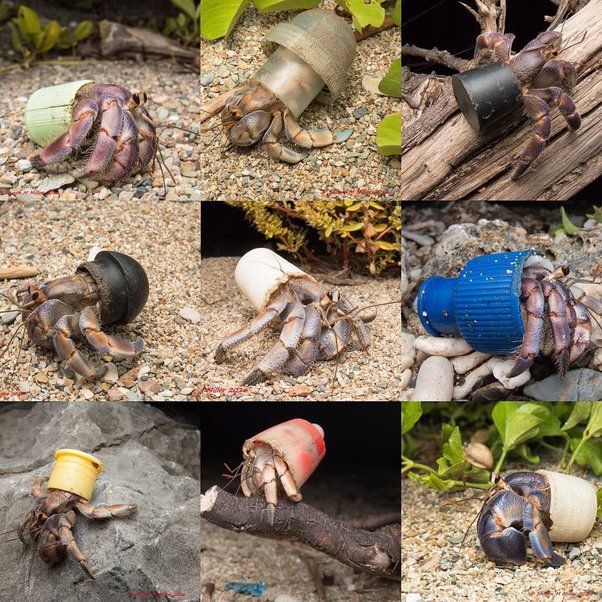Are Baby Hermit Crabs Born With Shells? Exploring A Crustacean Mystery
Things That Are Bigger Than Our Newborn Baby Hermit Crabs 🐚 🍼🥹 #Shorts #Youtubeshorts
Keywords searched by users: Are baby hermit crabs born with shells baby hermit crab without shell, hermit crab eggs, baby hermit crab shells, baby hermit crabs hatching, baby hermit crabs for sale, are hermit crabs born in eggs, what are baby hermit crabs called, are sea snails born with shells
Are Hermit Crab Babies Born With A Shell?
Do hermit crab babies come into the world with their own shells? Unlike snails, hermit crabs are not born with shells of their own. Instead, they rely on recycled shells previously crafted by marine snails or other creatures. These young hermit crabs possess delicate, soft bodies, making a protective shell essential for their survival. To secure themselves within these borrowed shells, they have evolved with specialized adaptations, including a distinctive hook-shaped tail and robust legs, enabling them to cling securely to the inner surfaces of their acquired shelter.
How Are Baby Hermit Crabs Born?
Baby hermit crabs, also known as hermit crab larvae, undergo a fascinating journey from conception to hatching. These tiny creatures begin their lives as eggs, which the mother hermit crab carries attached to her abdomen and appendages. These eggs are typically fertilized by a male hermit crab during a mating ritual.
When the time is right, the mother hermit crab heads towards the ocean to initiate the hatching process. She accomplishes this by gently scraping her appendages, allowing the eggs to detach and enter the water. At this stage, the eggs appear as small, light brown round clusters, resembling a bunch of grapes. The ocean provides a crucial environment for the development of these eggs, where they will eventually hatch into hermit crab larvae, starting their life cycle in the vast underwater world. This unique reproductive process helps ensure the survival of these fascinating crustaceans.
Are Crabs Born With A Shell?
Do crabs come into the world already equipped with their protective shells? Crabs are indeed born with a sturdy outer covering known as an exoskeleton, which serves as their armor. However, as they grow and progress through various life stages, they must undergo a process called molting. Molting involves the shedding or discarding of their existing shell. When this happens, the exoskeleton splits open, allowing the soft-bodied larva to carefully extract itself from the rigid shell. This molting process is crucial for crabs as it enables them to accommodate their expanding bodies and adapt to new stages of life.
Aggregate 38 Are baby hermit crabs born with shells







Categories: Update 34 Are Baby Hermit Crabs Born With Shells
See more here: buoitutrung.com

Hermit crabs do not develop their own shells so they steal their homes from snails, or gastropods, to protect their soft abdomens. Once they’re in, the curved end of their body holds on to the columella which is the central pillar of the shell.Unlike snails, hermit crabs do not produce their own shell, they use an old shell made by another animal, such as a marine snail. Hermit crabs have soft bodies, so they need their shell for protection, and have adapted a hook-shaped tail and strong legs to hang on to the inside of their shell.The eggs are attached to her abdomen and appendages until they are ready to hatch. They have been fertilized by a male (it is believed). When she is ready she goes to the ocean and releases the eggs in the ocean by scrapping her appendages. They look sort of like light brown round circles in a bunch of grapes.
Learn more about the topic Are baby hermit crabs born with shells.
- What is the life cycle hermit crabs, and are they usually born …
- Land Hermit Crab (Coenobita clypeatus)
- The birth of a Hermit Crab – Sea Shell Shop
- The Life Cycle of A Blue Crab in Florida | FWC
- Hermit Crabs Avoid Conflict By Developing a Taste for Specific …
- How to tell if my Hermit Crab is a BOY or GIRL! – YouTube
See more: https://buoitutrung.com/tech blog